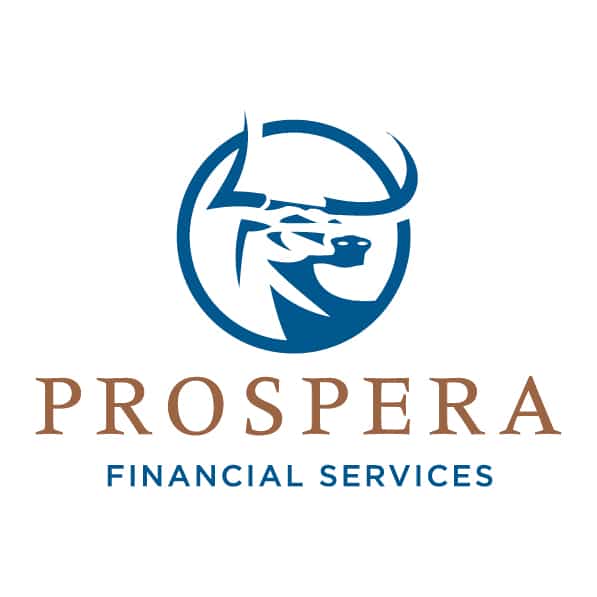
FROM THE BLOG
Best Practices for Building Your Tech Stack
Posted by Prospera Financial on September 23, 2025
Every advisor wants a practice that runs smoothly, delivers exceptional client experiences, and creates growth opportunities. But achieving that balance requires more than hard work; it requires the right tools.
A well-designed tech stack is a collection of platforms and systems that help you serve clients, support your team, and scale your business. If you’re just getting started, here are three core areas to focus on.
1. Client Experience & Engagement
Your clients are at the center of your business, and your tech stack should reflect that. Start with tools that make it easier to deliver a high-touch, personalized experience.
Best practices include:
- Planning tools that turn complex strategies into understandable visuals.
- Client portals that provide on-demand access to account information and important documents.
- Communication tools like video conferencing, secure messaging, or scheduling apps that make it easy for clients to connect with you.
When you choose tools for this layer, ask yourself: Does this help me better understand my clients? Does it make their experience easier or more engaging?
2. Team Productivity & Collaboration
Even the best client-facing tools won’t help if your internal processes are chaotic. Building efficiency into your practice starts with platforms that keep your team connected and accountable.
Best practices include:
- Project management systems to assign tasks, track progress, and maintain visibility across the team.
- Centralized communication hubs to reduce email clutter and keep everyone aligned.
- Automation tools to handle repetitive tasks like data entry, note-taking, or follow-up reminders.
This layer of your stack ensures your team spends less time chasing information and more time serving clients.
3. Growth & Marketing
A strong tech stack also helps you attract new clients and showcase the value of your practice. Growth doesn’t happen by accident; it’s supported by tools that expand your reach and help you tell your story.
Best practices include:
- CRM systems to track prospects, manage follow-ups, and stay organized.
- Marketing platforms for email campaigns, social media scheduling, and content distribution.
- Analytics tools to measure what’s working and refine your strategy over time.
This part of your stack turns your business development efforts from guesswork into a repeatable process.
Final Takeaway
Getting started with your tech stack doesn’t mean adopting everything at once. Begin with one or two tools in each of the following three areas: client experience, team productivity, and growth, and then build upon them. The key is to be intentional, choosing tools that align with your strategy, integrate well with each other, and truly make your business stronger.
When built with care, your tech stack becomes more than a collection of apps—it becomes the backbone of a modern, scalable practice.
Until next time,
Carolyn Sterling, CFP®
Director of Practice Management

